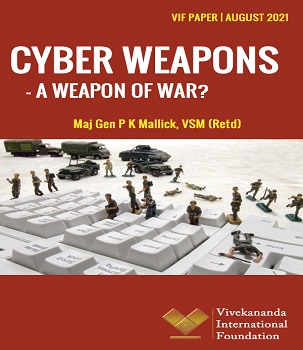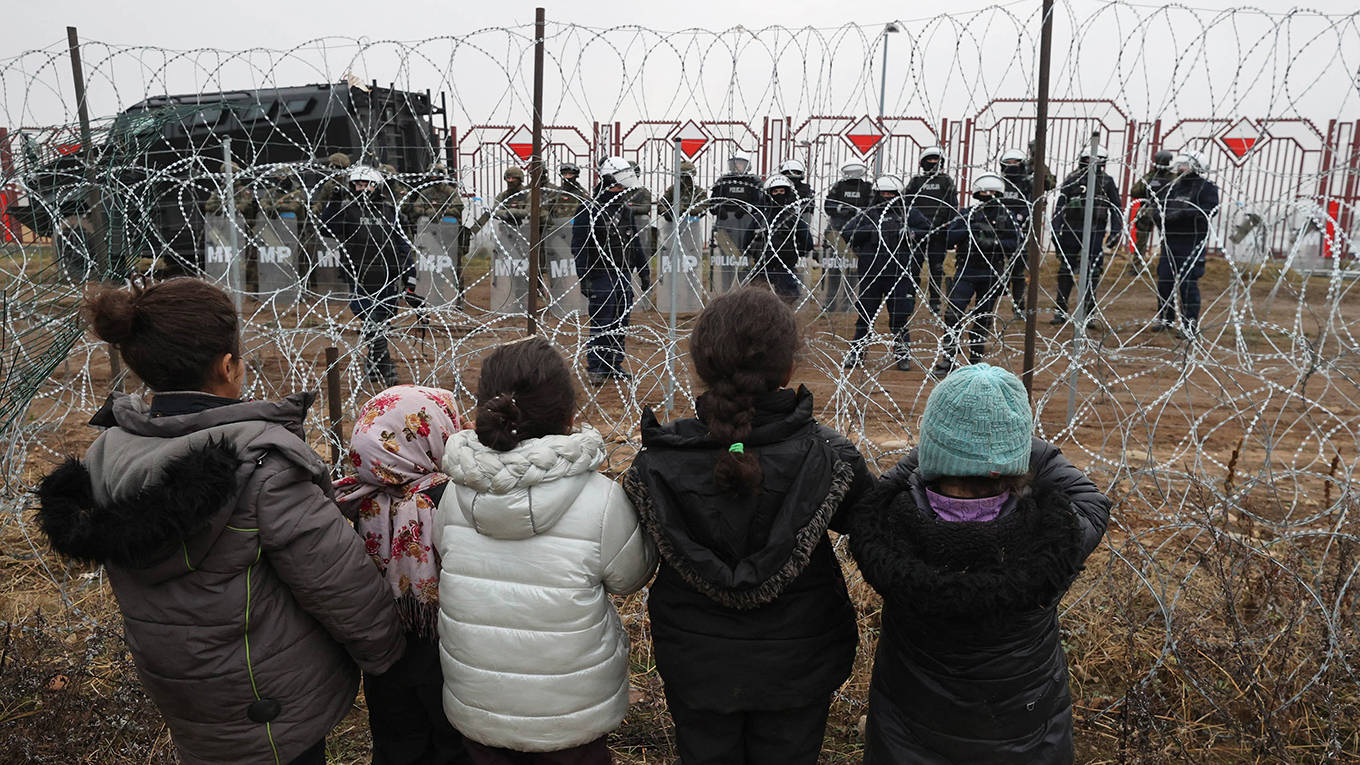John Venable and Peter Brookes
In August 2021, a Chinese rocket reportedly orbited the Earth before releasing a hypersonic weapon, which then re-entered the Earth’s atmosphere and was guided to a simulated target. Hypersonic speeds are those in excess of Mach 5, or 3,217 nautical miles an hour—roughly one mile per second. Rockets have flown at hypersonic speeds in space since the 1950s, but technology that allows hypersonic weapons to fly significant distances and maneuver around threats at high speed is relatively new. These weapons can close in on targets, compressing the battlespace in ways that may prove to be game changers in the next conflict.
KEY TAKEAWAYS
The U.S. led the world in hypersonic-weapons (HSW) development through 2014, when sequestration forced funding cuts to hypersonic research and development.
Russia, China, North Korea, and Iran have HSW programs, as do Australia, France, Germany, India, Israel, Japan, and South Korea.
Recent U.S. funding increases for HSW development has increased significantly across the Services, and the outlook is now very positive.
The Issue
In August, a Chinese rocket reportedly orbited the Earth before releasing a hypersonic weapon (HSW), which then re-entered the Earth’s atmosphere and was guided to a simulated target. Hypersonic speeds are those in excess of Mach 5, or 3,217 nautical miles (nm) an hour—roughly one mile per second. Rockets have flown at hypersonic speeds in space since the 1950s, but technology that allows HSWs to fly significant distances and maneuver around threats at high speed is relatively new. These weapons can close in on targets, compressing the battlespace in ways that may prove to be game changers in the next conflict. Types of Hypersonic Weapons
There are two types of HSWs:
Boost-glide weapons (BGWs) are carried into space on rockets that accelerate them to hypersonic speed before releasing them to glide along the edge of the atmosphere until within range of its target.
Hypersonic cruise missiles (HCMs) are rocket powered to hypersonic speed until a scramjet engine can ignite using onboard fuel and atmospheric oxygen to achieve hypersonic cruise until target impact.
Hypersonic-Weapons Technology
HSW flight inside the atmosphere involves several challenges:
Accelerating to hypersonic speed requires significant thrust from rockets, and sustaining that speed over operationally relevant distances requires scramjet technology that is only now becoming operational.
Vehicle surface temperatures are very high at Mach 5, and grow exponentially as Mach increases, requiring special coatings, shielding, and insulation for airframe and internal components.
The vehicle and components undergo high G-forces during turns, which can significantly decelerate the HSW.
Capabilities and Limitations
BGWs fly at the edge of the Earth’s atmosphere, below reliable space-based sensor tracking and above Earth-based radar coverage, making tracking problematic after the BGW separates from the parent rocket.
Lacking an engine, BGWs decelerate rapidly on entry into the atmosphere and must rapidly descend or dive on targets to hold speed. Speed bleed-off worsens during high G-force maneuvering.
Unlike BGWs, HCMs can sustain hypersonic speeds even at low altitudes, allowing near-wavetop approach to ships, thereby complicating long-range acquisition and engagement by defending forces.
HSW maneuvering involves high G-forces and large turn radiuses. A 60 G turn at Mach 5 has a nearly 15 nm turn radius, while the turn radius at 60 Gs and Mach 17 is nearly 150 nm. Deceleration decreases the turn radius, but increases the vulnerability of the HSW.
HSW maneuvering is effective for flying around and avoiding air and missile defenses, but is less effective at defeating point defenses co-located with the weapon’s intended target due to the vehicle’s turn radius.
U.S. Hypersonic-Weapons Program
The U.S. led the world in HSW Research, Development, Test and Evaluation (RDT&E) through 2014, when sequestration forced funding cuts.
The Army and the Navy are now developing a common hypersonic glide body (C-HGB), a vehicle that has had two successful tests to date.
Fielding of the Navy’s Intermediate-Range Conventional Prompt Strike is programmed to begin in 2023 for surface platforms, and in 2024 for submarines.
The Air Force and the Defense Advanced Research Projects Agency (DARPA) are developing the scramjet-powered Hypersonic Air-breathing Weapon Concept (HAWC), which exceeded Mach 5 in September 2021.
Funding for HSW RDT&E is now robust across the Services, and the outlook is very positive. Russian Hypersonic-Weapons Program
The Avangard is an intercontinental-ballistic-missile- (ICBM-) boosted hypersonic glide vehicle (HGV), which may already be fielded to some SS-19 units. (SS-19s are ICBM-capable missiles.)
The Tsirkon is a sea-based HCM reportedly able to strike sea-based and land-based targets. The Kinzhal is a fighter-/bomber-launched ballistic missile capable of striking sea-based and land-based targets.
All three weapons are assumed to be dual capable. (That is, they can carry conventional or nuclear warheads.)
Chinese Hypersonic-Weapons Program
The DF-17 intermediate-range ballistic missile is paired with the DF-ZF HGV and is believed to be operational.
The Chinese are likely planning to field missiles of various ranges, including ICBMs with HGVs.
North Korean Hypersonic-Weapons Program
North Korea launched a pre-fueled Hwasong-8 HGV in 2021, which it called a strategic weapon, indicating if not current, then eventual, nuclear capability. North Korea could be receiving Chinese or Russian assistance for its HSW-development program.












